I found this old beat up Power distribution block from an old house main panel.
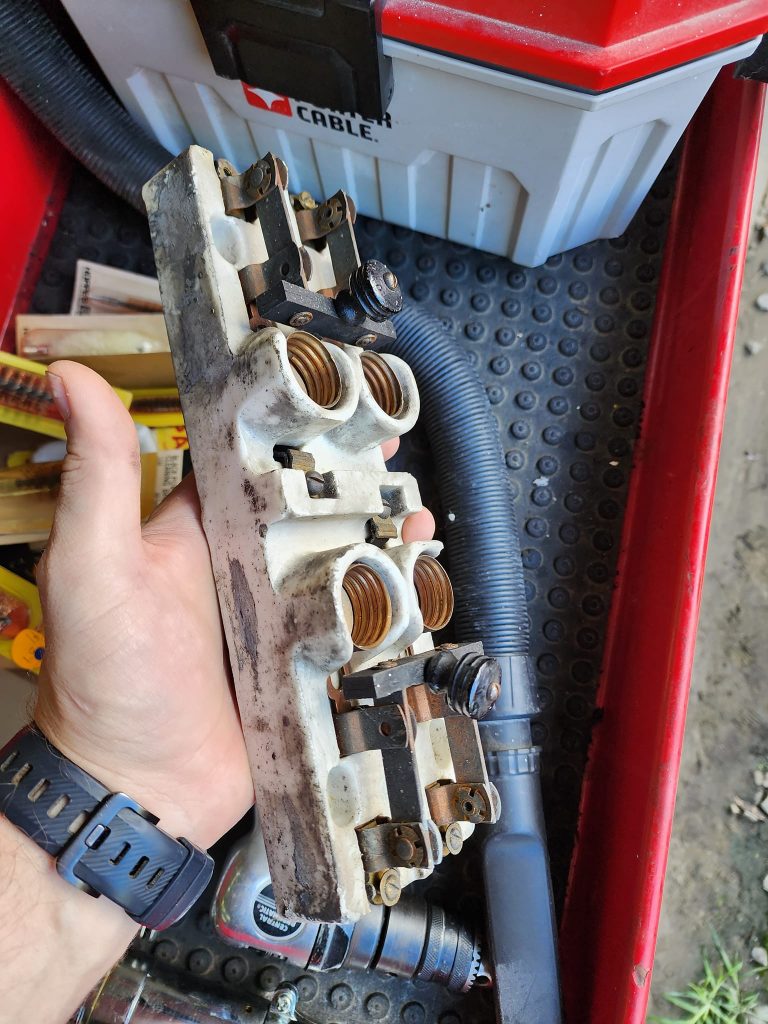
This unit was in rough shape, being almost 100 years old, It had lived a long life. I took the time to research it and figure out more about it. In my library I have an old 1920’s electricians handbook, that I was able to look up this exact block! and how it would have been used.
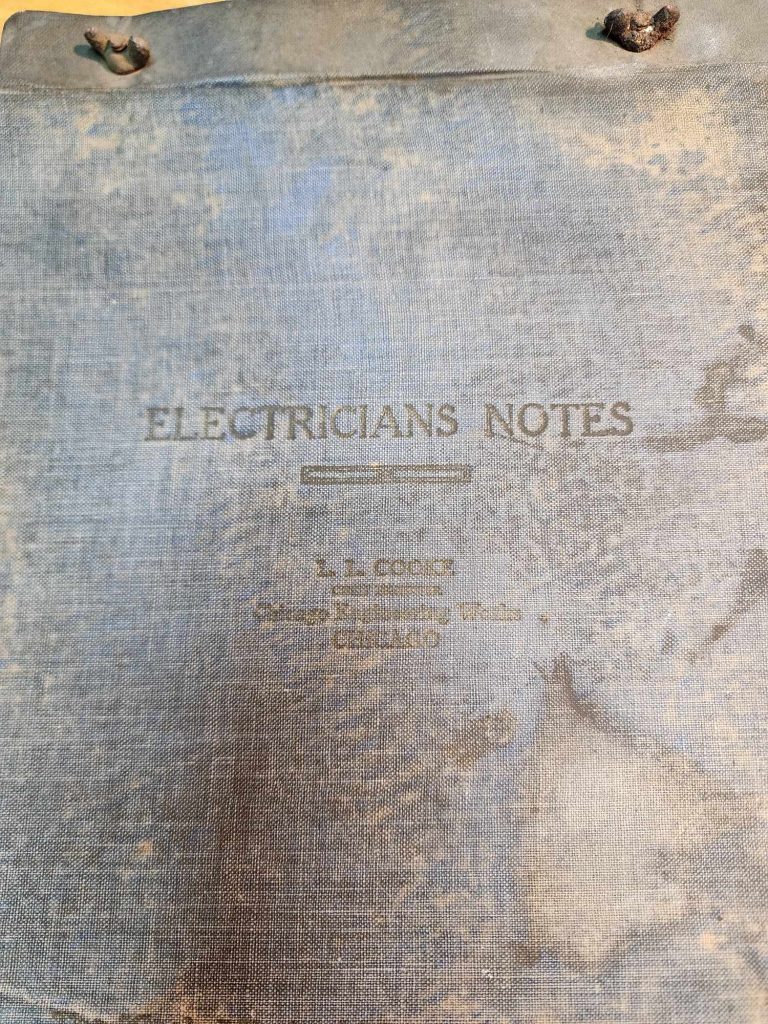
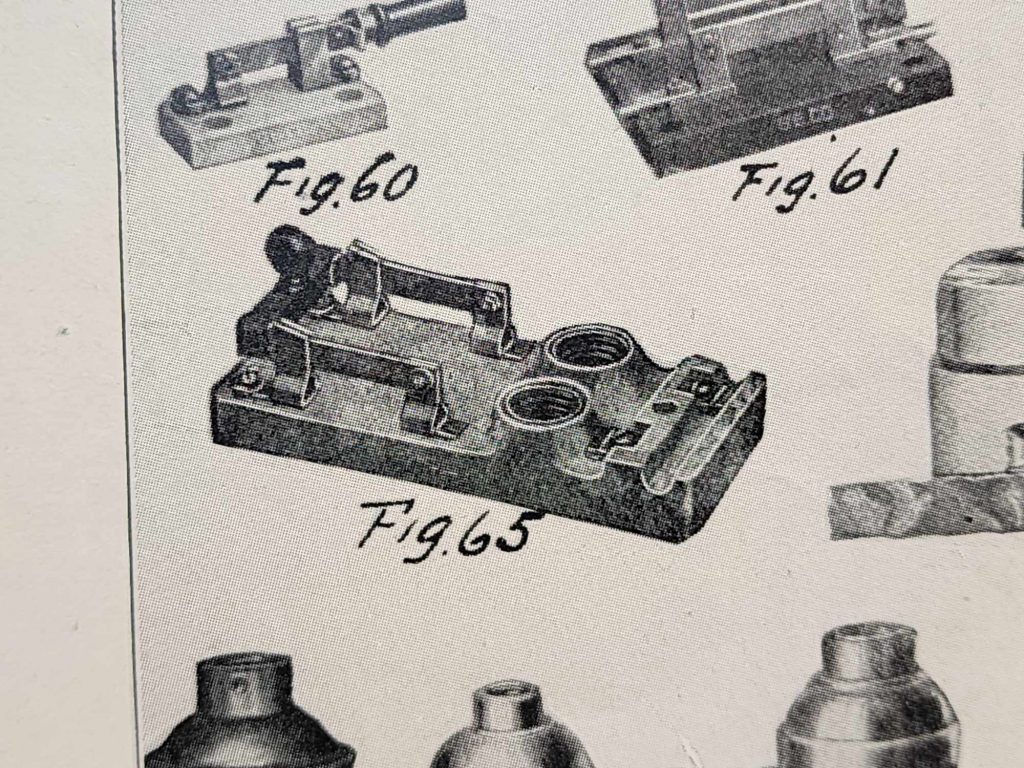
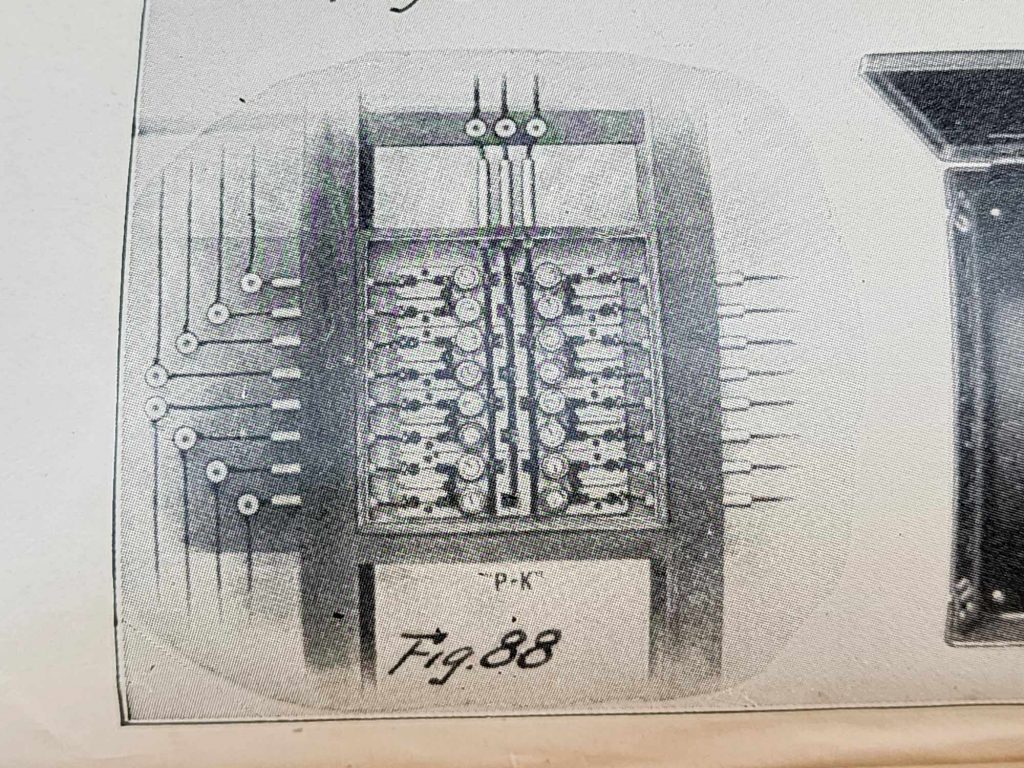
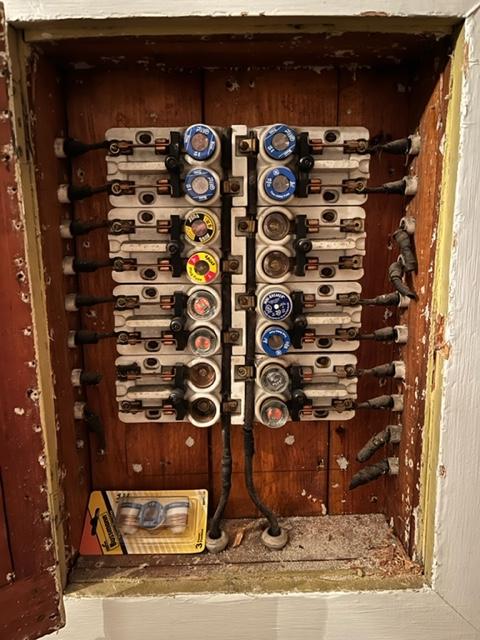
Now time to tare it apart and start the cleaning process!
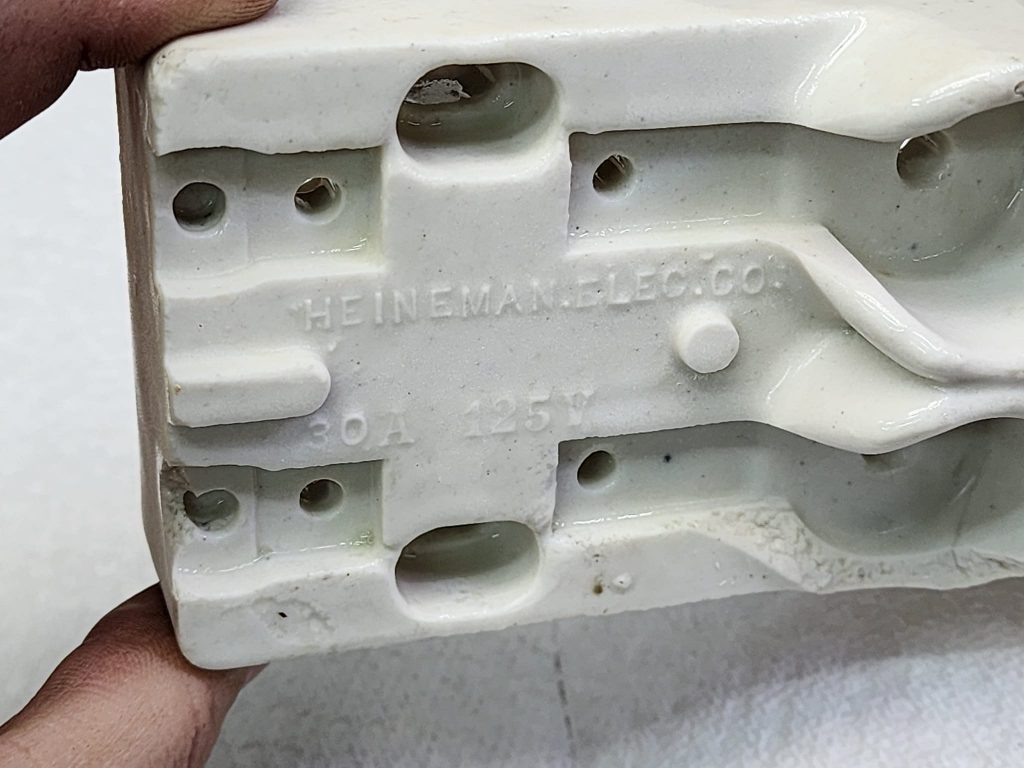
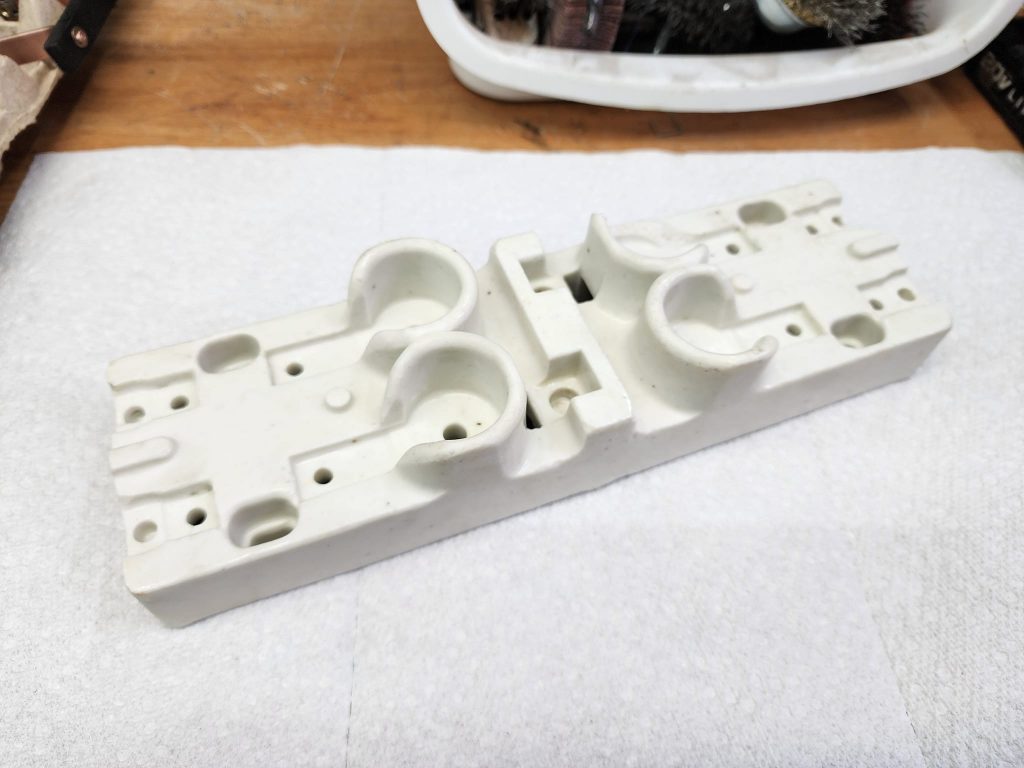
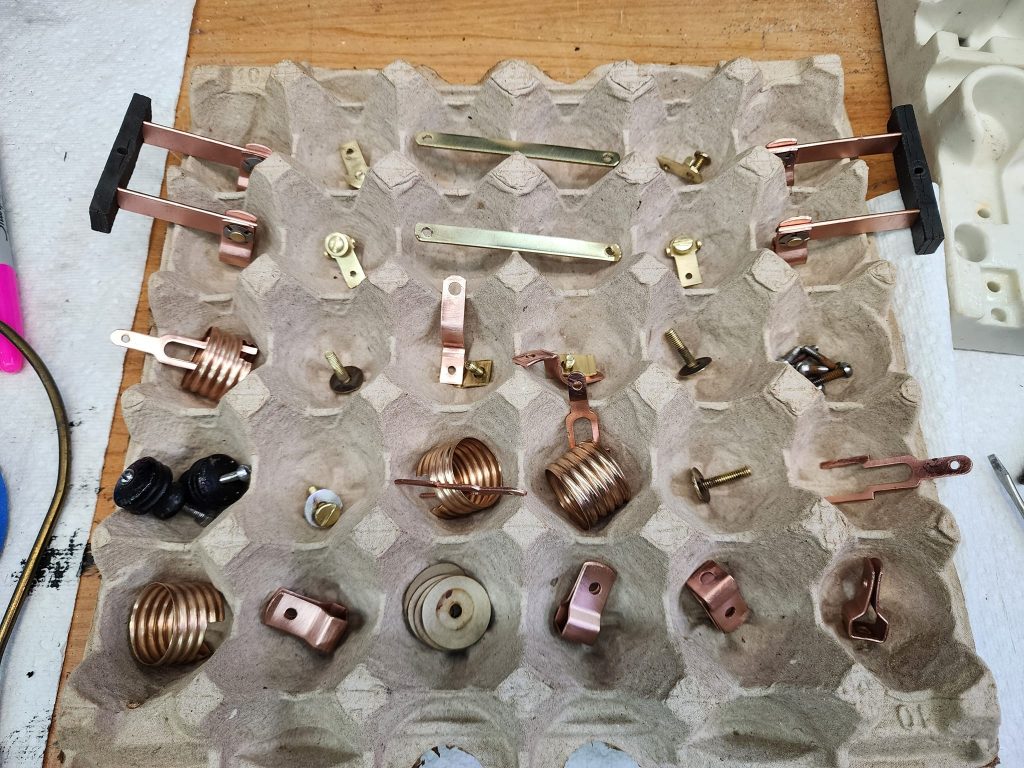
Sandblasting worked well on the porcelain chassis, and lots of wire wheel and polishing work on all the copper and brass parts.
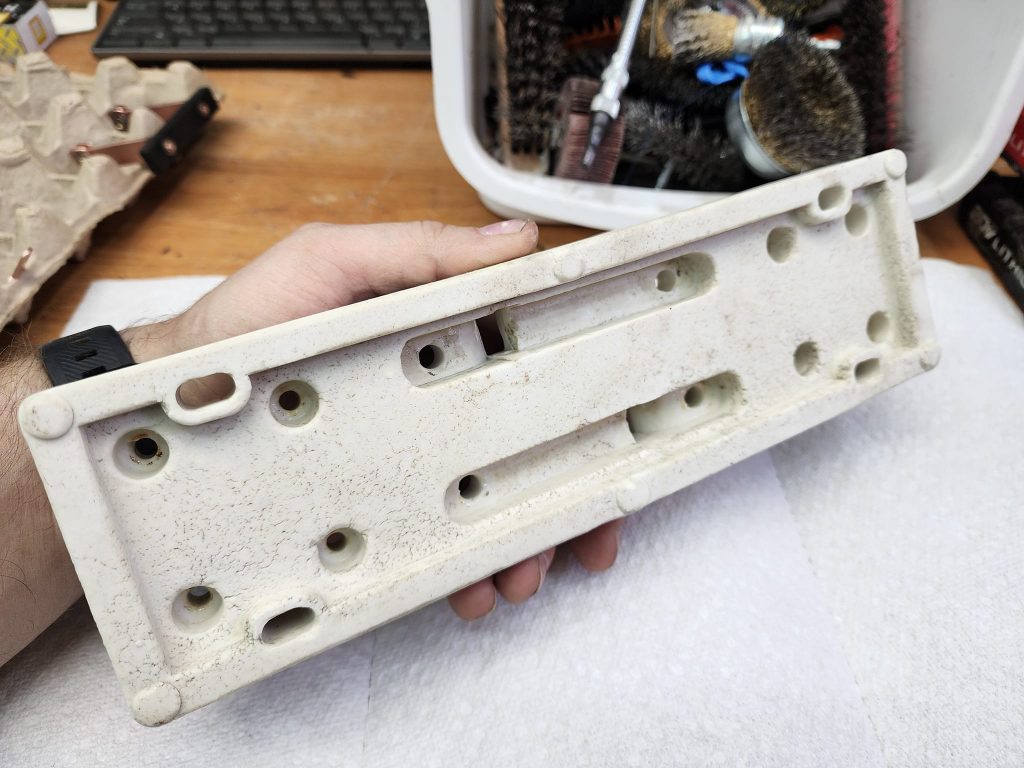
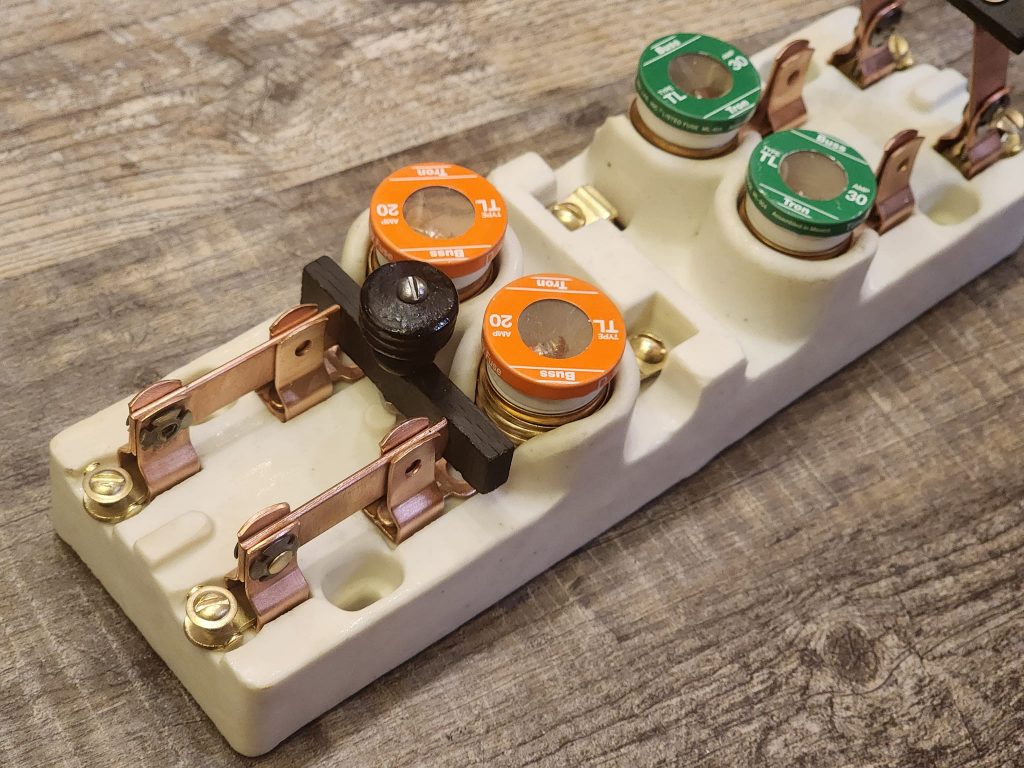
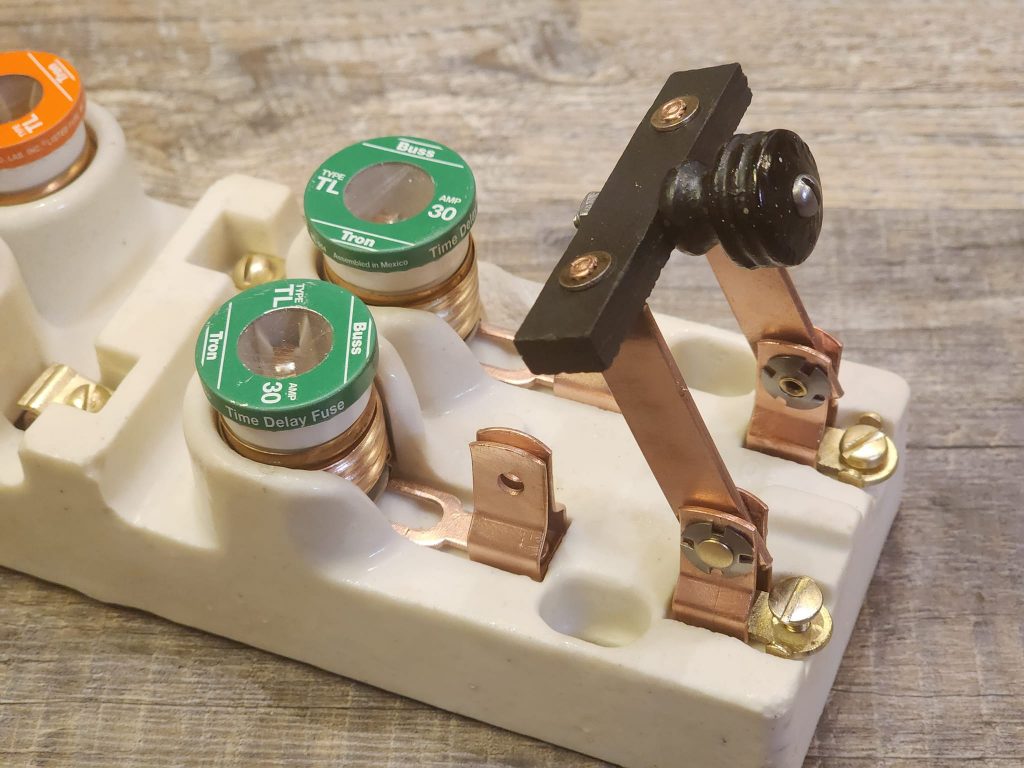
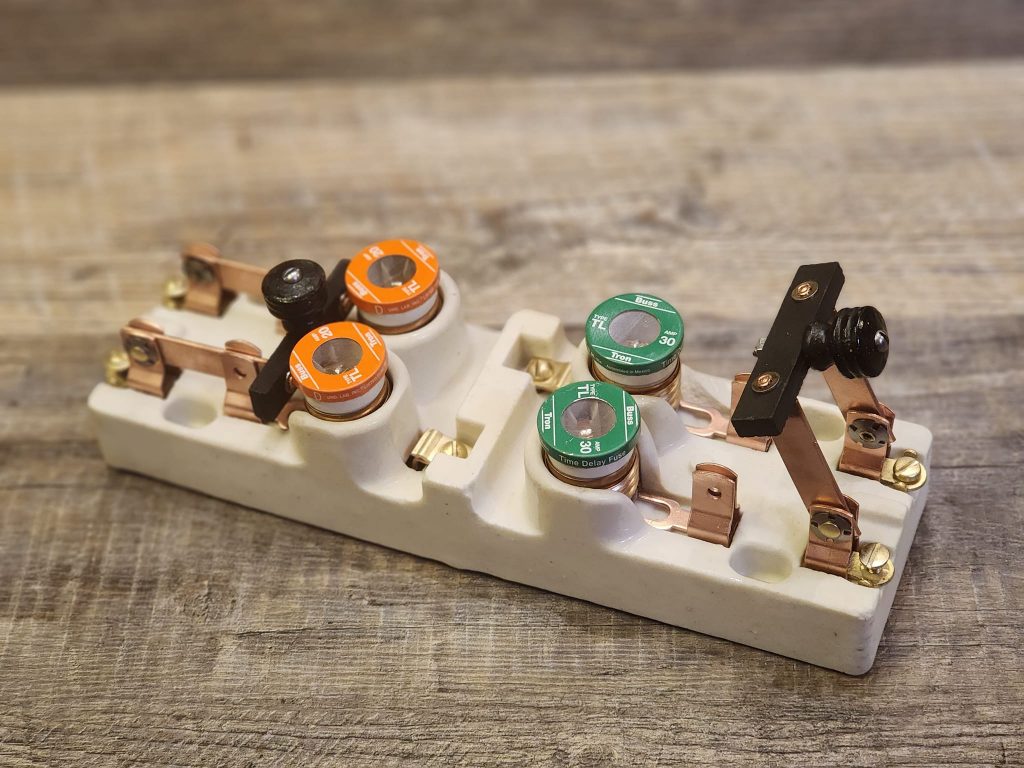
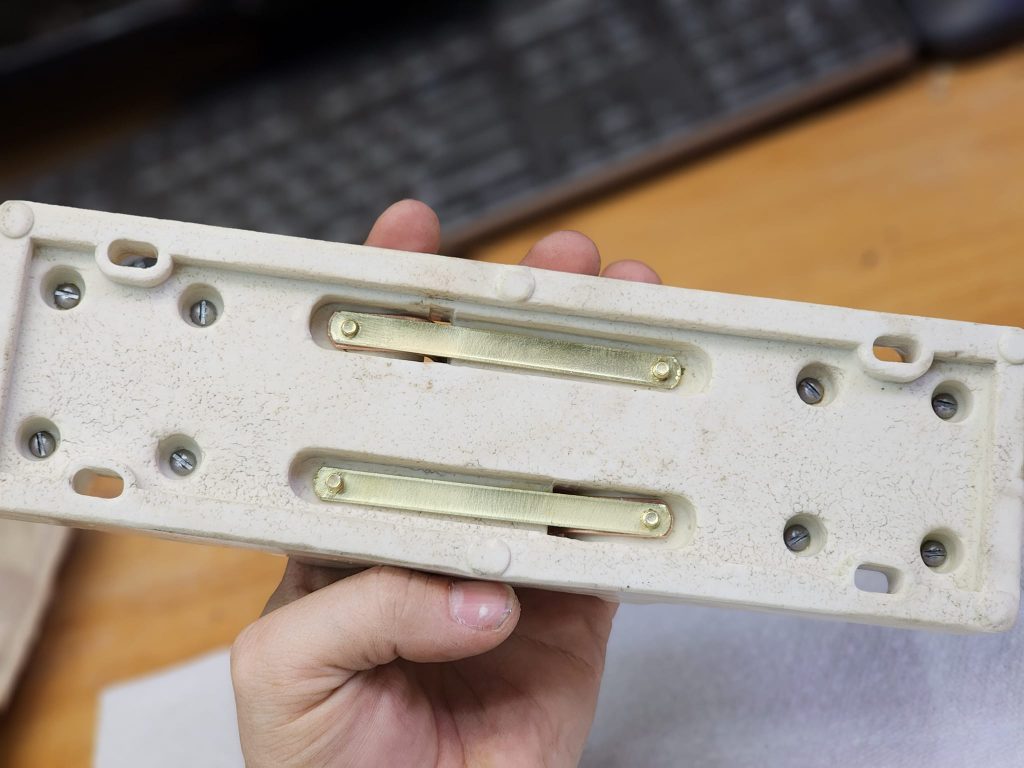
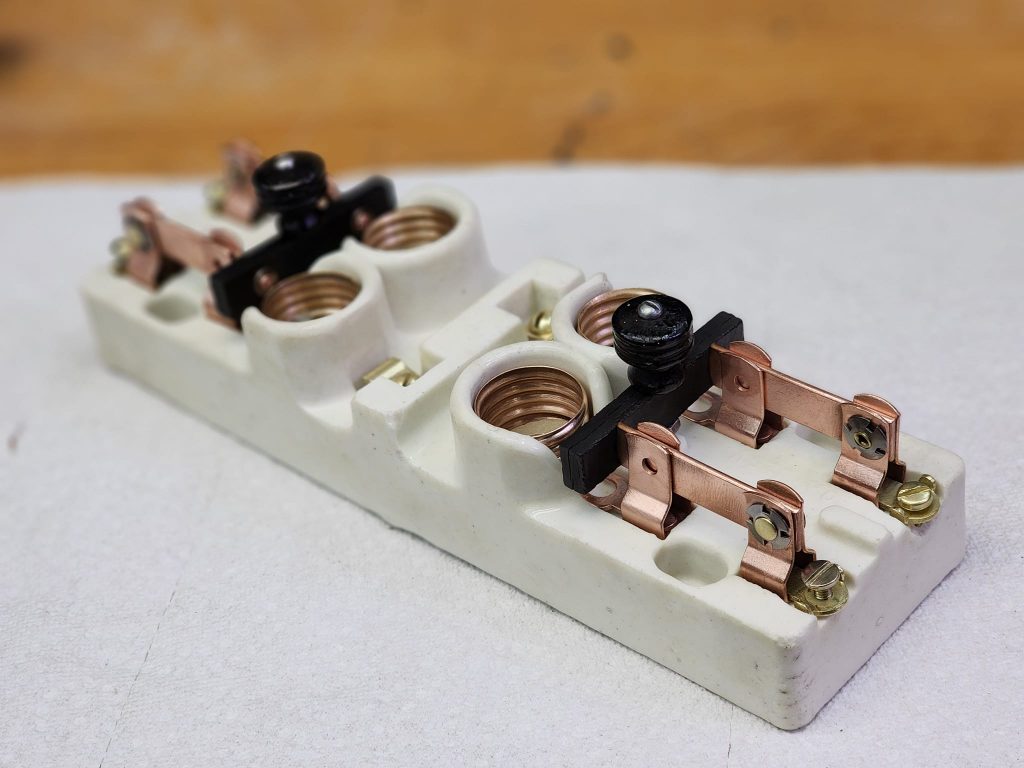

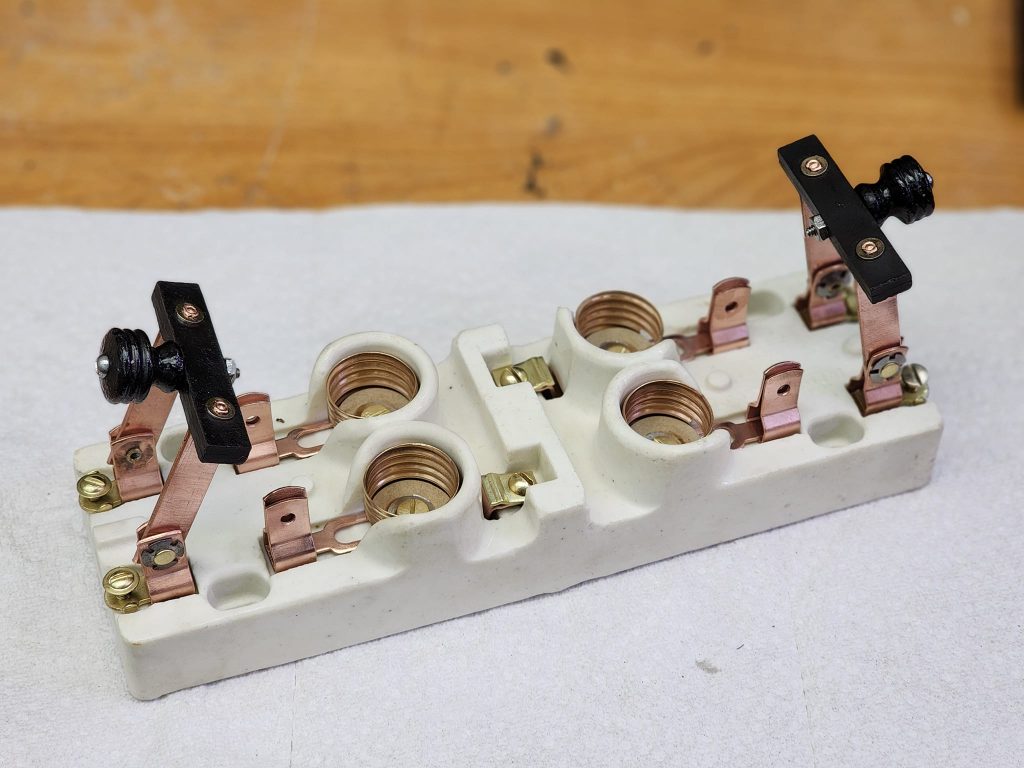
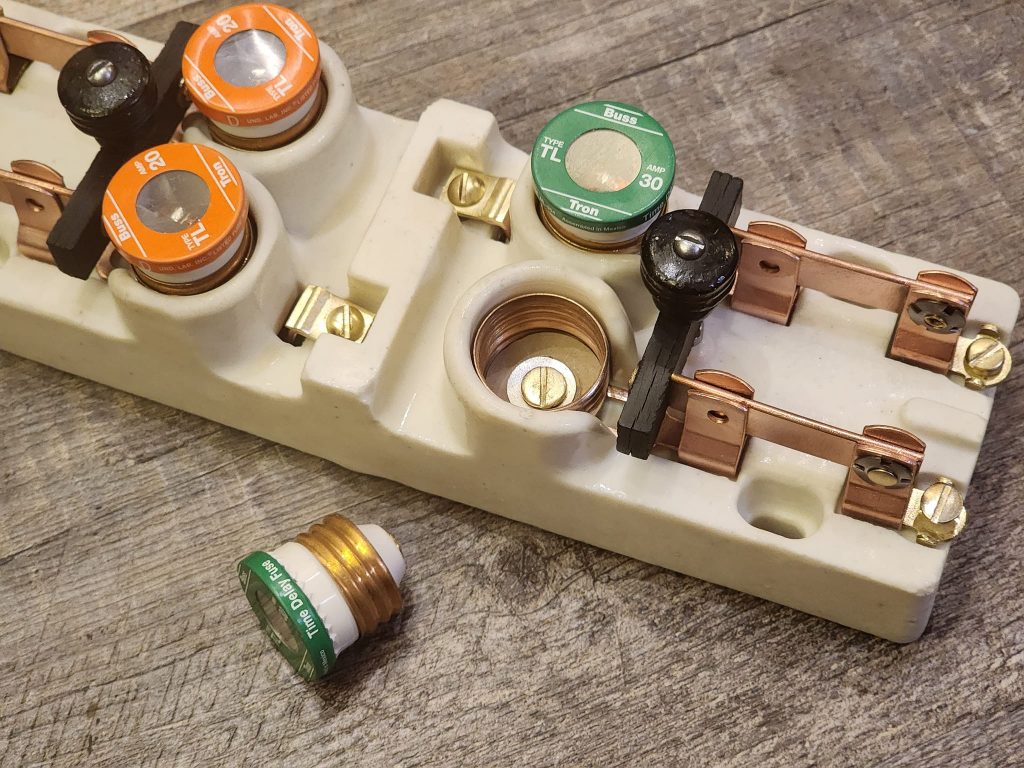
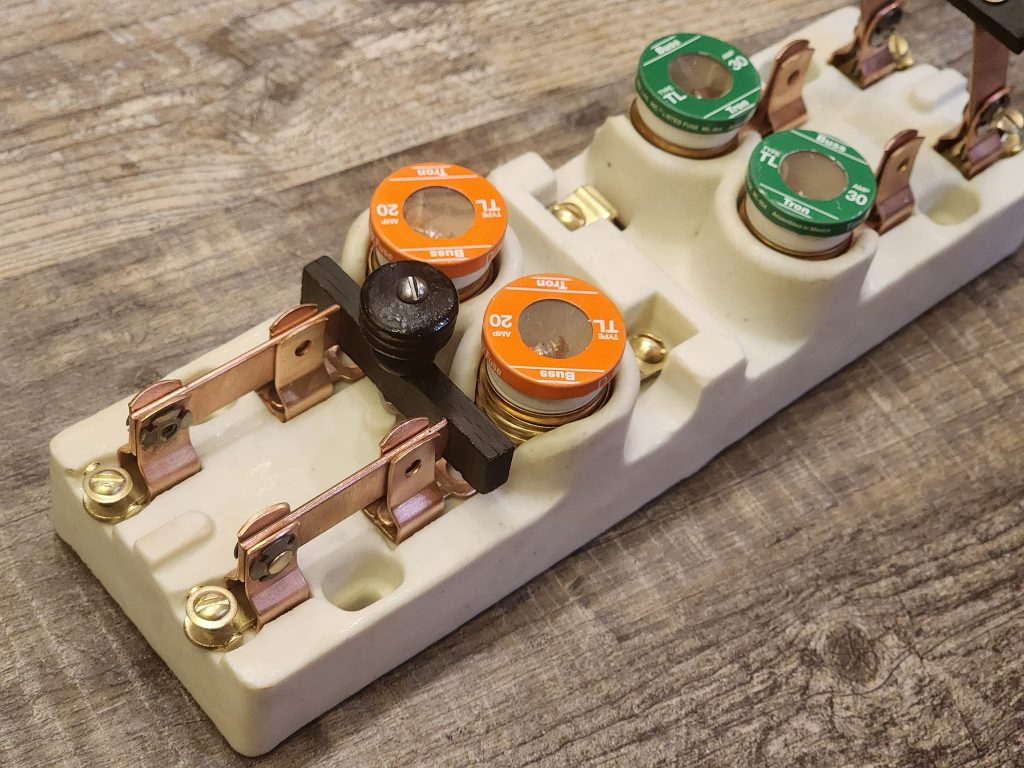
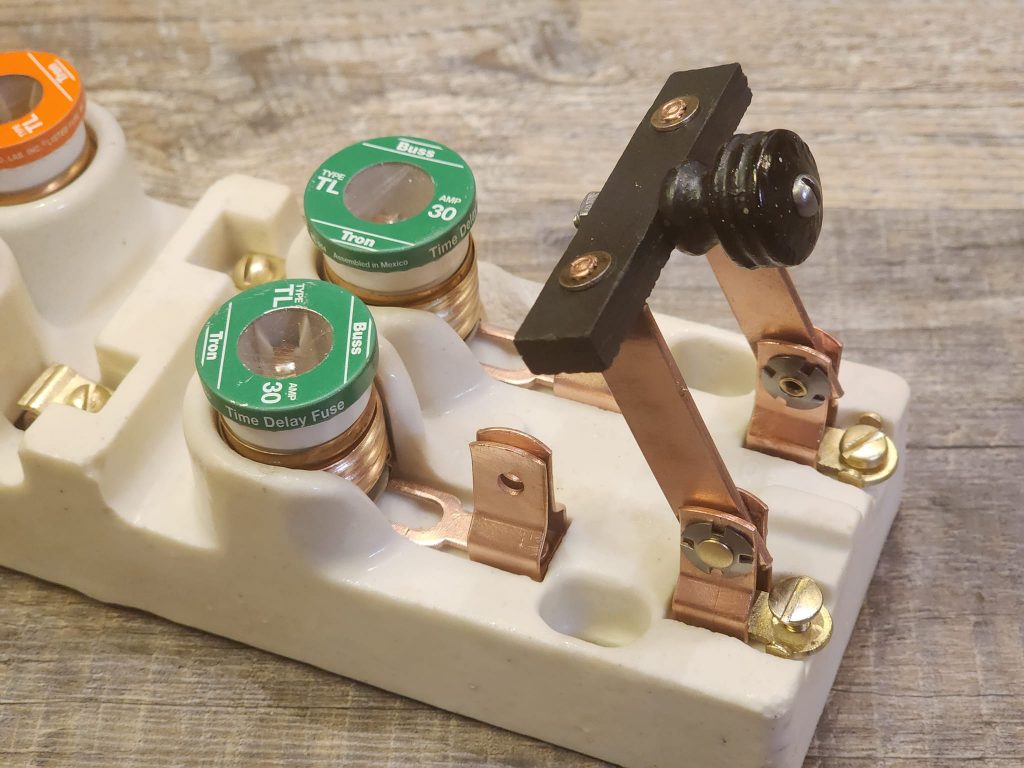
Found some Fuses to place inside it to complete it! I can only imaging fumbling around in the dark to replace a fuse with all these exposed contacts! I am sure it was a shocking experience.
Here is a video on what I thought this unit did before I learned more. Looks like it could be used for 220-240 split phase, but also 120V branch circuits in a home.




